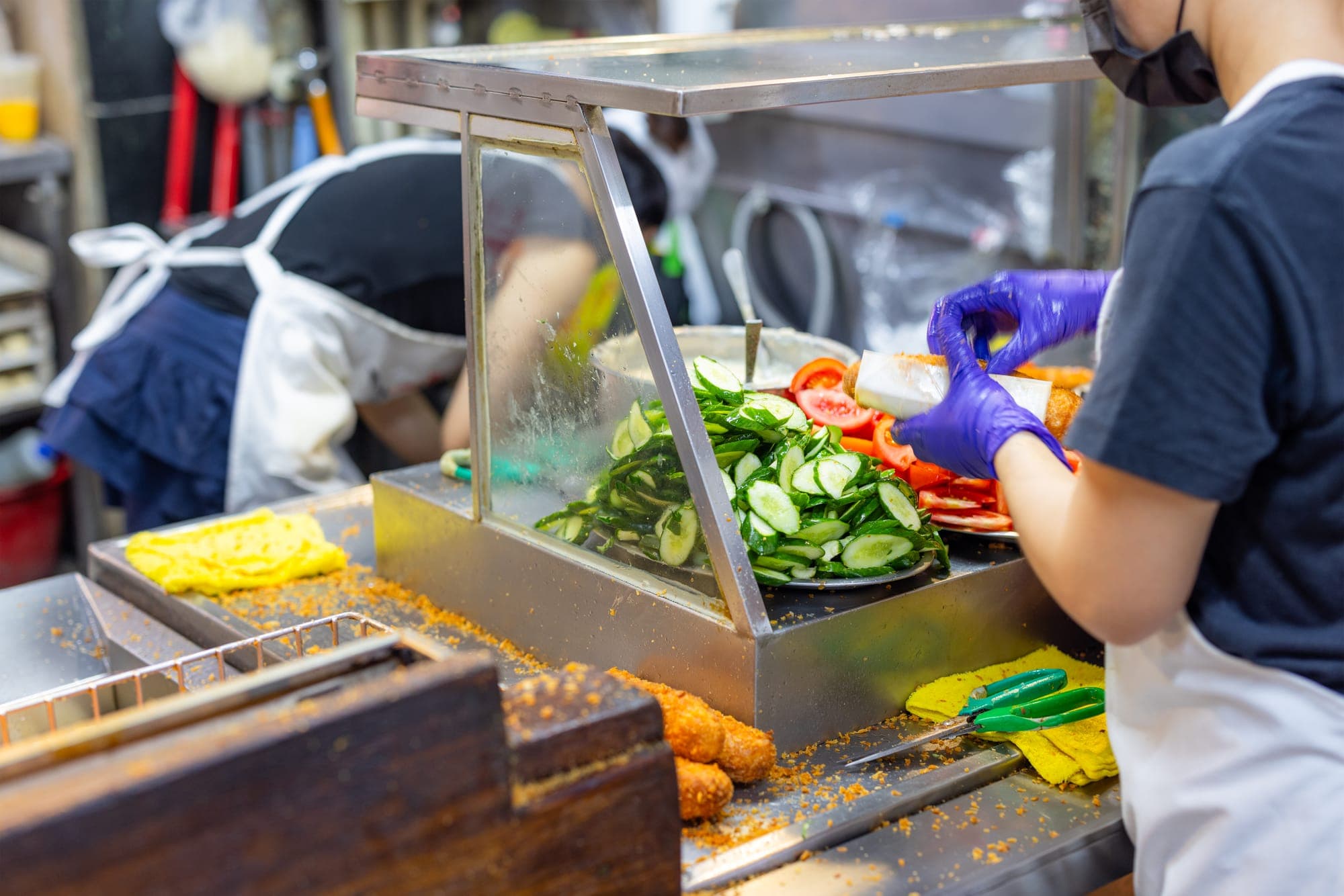Global Food Remix: Why Food Changes Abroad
That local takeout restaurant near you will taste worlds different than the cuisine in its home country. Food, like people, has to adapt to its environment.
Published:

One thing I’ve noticed while traveling is how much food changes from place to place. If you go to a “Mexican” restaurant outside of Mexico, it won’t taste the same as the food you’d find on the streets of Mexico City. It’s the same with “Chinese” takeout, which is quite different from the unique flavors you’d find across China. This is true for most cuisines when they leave their home countries.

American cuisine is no exception either! “American barbecue” in places like the Philippines may bear little resemblance to the barbecue we know at home, and definitely doesn’t consider regional differences like “Kansas City” barbecue vs “South Carolina” barbecue. Foreign cuisine also changes from country to country, like “Mexican” or “Italian” cuisine would taste very different in America than they would in, say, South Korea.
So What's the Deal?
There are several reasons why food changes when it goes global, making it hard to get that truly “authentic” taste. I’ll try to simplify them into two main things:
- Ingredients Matter: A lot of what makes a dish unique are the blends of spices and ingredients that are common in that region. These might be hard to find, or significantly more expensive in the new country. Plus, if ingredients have to travel, they may not be as fresh, altering the quality of the ingredients. It’s often more cost effective for chefs to use substitutes, which naturally changes the taste and texture.
- Gotta Please the Locals: A major challenge for chefs wanting to share a taste of their home cuisine is making it work for people in a new country. People have different ideas about what tastes “good” or what’s kinda weird. Recipes need tweaking to suit local tastes, and some dishes might get dropped completely. It’s a tough balancing act to satisfy existing fans of the cuisine while winning over an entirely new audience.
Honestly, figuring out the right mix for the market is probably the toughest part. I’ve seen plenty of promising restaurants close because they couldn’t find that balance. Some stick too closely to their roots, so locals aren’t interested in the unfamiliar flavors, while others water things down so much it loses its specialness.

Real magic happens when a restaurant can find a unique blend - adding a local twist to their original dishes. The result might not be exactly how it tastes “back home”, but both locals and those familiar with the original start buzzing about how good it is.
The main idea here is that in order to survive in a new region, food often has to adapt. To be a true foodie, it’s great to enjoy and support these local adaptations, but you really need to travel and experience the food at its source! Trying your home country’s favorites in another country also helps add to the perspective of how taste preferences change globally.

Support local businesses, but be sure to travel and explore new tastes as well!








